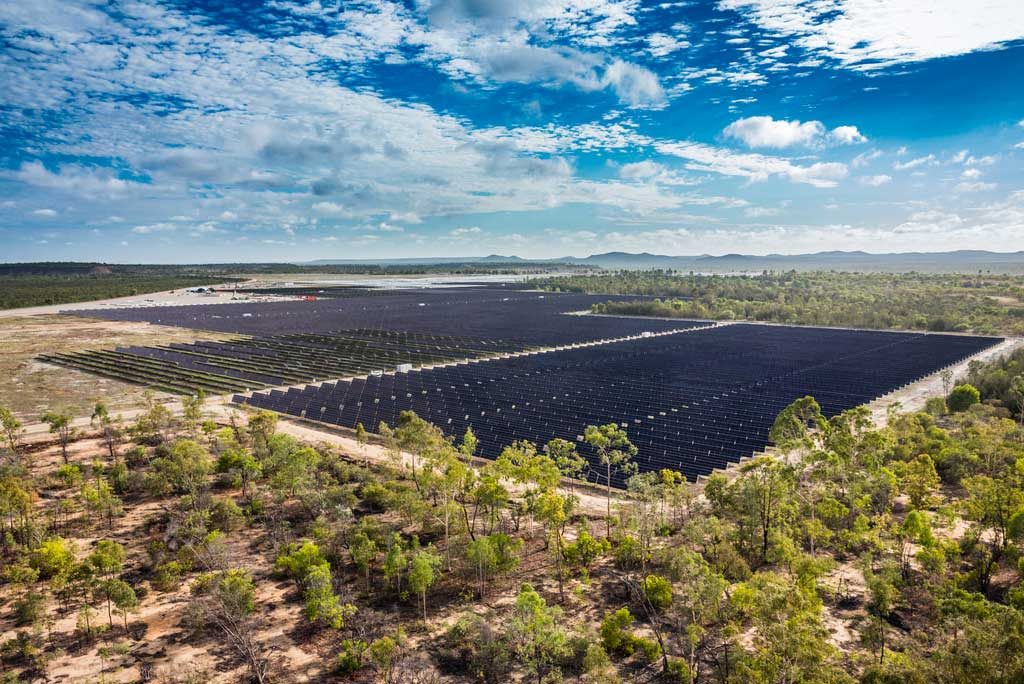ARENA’s solar farm investments in focus
ARENA investment in large-scale solar in 2016 helped to kickstart Australia’s solar boom and drive down the cost of renewable electricity.

Six years might not seem that long but since 2016, Australia’s energy landscape has undergone a dramatic transformation.
At that time, just 12 solar farms (5 MW or larger) were operational across Australia, collectively supplying just over one per cent of the total electricity mix, while renewables as a whole contributed 17 per cent of generation across Australia’s National Electricity Market.
Fast forward to the beginning of 2022: renewables provided nearly 33 per cent of all electricity generation, including more than 12 per cent from solar alone.
And with 42 new solar farms under construction at the end of 2021, the evidence clearly shows rapid growth in the sector.
A key ingredient in Australia’s solar boom has been ARENA’s $100 million competitive funding round, announced in 2016 with funding to 12 different projects.
ARENA Knowledge Sharing Officer Lym Garratt explains the investment represents an important moment in Australia’s energy transition, stimulating investment in the solar sector.
“ARENA’s large-scale solar projects were some of the first of their kind in Australia and were commissioned right at the start of what became a huge wave of installations that still seems yet to break,” Garratt says.
Now that each of the solar farms have been operational for at least two years, the real-world data gathered has been revisited to assess the impact of ARENA’s investments.
Taking off
A series of new reports compiled by consultants Ekistica has explored each of the 12 projects in detail, offering insights to help guide future investments in the sector.
Ekistica found accurately forecasting both electricity output and revenue from projects was a challenge, with constrained network infrastructure a stand out issue.
Instances of negative pricing, when there are large amounts of solar power being produced at the same time as limited demand for electricity, also affected revenues.
“It is important to note also that projects were forecasting over relatively large time intervals during which a lot of market changes could not have been foreseen,” Garratt says.
One of these changes has been a huge growth in solar being installed, which electricity network infrastructure designed for fossil fuel power stations is struggling to accommodate.
ARENA has since supported investigating renewable energy zones in central-west New South Wales as part of efforts to unlock new capacity for wind and solar.
Garratt also identifies environmental factors: “Climate variables like temperature and irradiance can vary considerably on an annual basis, and are usually forecast using long-term averages; this can lead to seemingly large inaccuracies in any one individual year.”
Seizing potential
When ARENA’s funding was allocated in late 2016, the cost of energy from solar farms was between $78 and $140 per megawatt hour (MWh). Six years on, that has dropped to between $44 and $65 per MWh.
According to the International Energy Agency, solar has now become the cheapest way of producing electricity in history.
But none of this was certain when ARENA launched its funding round.
“At the time it was uncertain whether LSS [large-scale solar] would be successful in Australia without government funding to help reduce the financial risk of setting up a solar farm. Now it is hard to drive between cities without seeing one!” Garratt says.
Data from ARENA-supported projects has helped clarify the costs of construction, connections and operations; Ekistica’s research found operational costs were underestimated in early projects.
Improved forecasting technology is also helping to integrate variable renewable energy into the grid, and reducing reliance on costly frequency control ancillary services.
While large-scale solar has come a long way in a short time, there is work ahead as the solar boom continues.
“The ongoing rate of installation of LSS in Australia is a testament to the success of this technology. The ongoing challenge is likely to be in changing energy markets and new physical system constraints,” Garratt says.
Read more
ARENA’s Generator Operator series of reports on the large-scale solar investments.
LIKE THIS STORY? SIGN UP TO OUR NEWSLETTER

ARENA